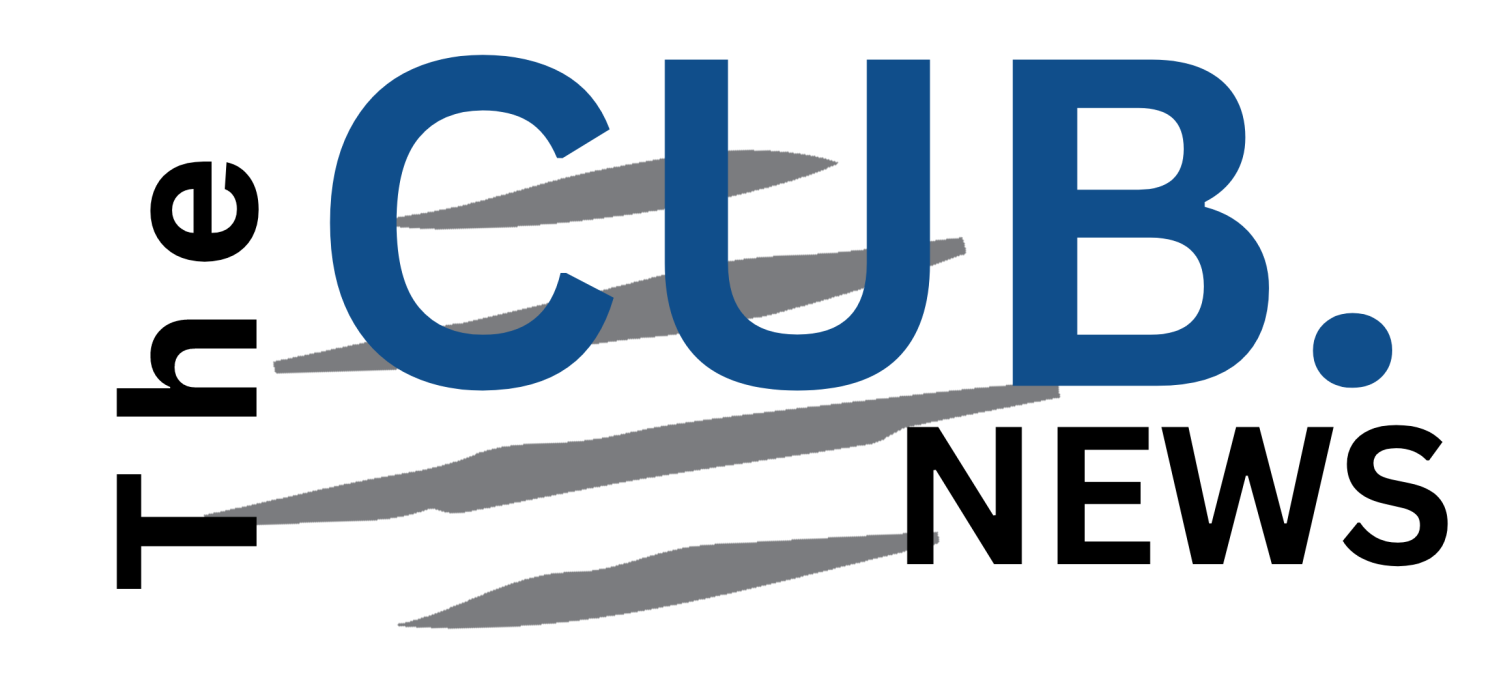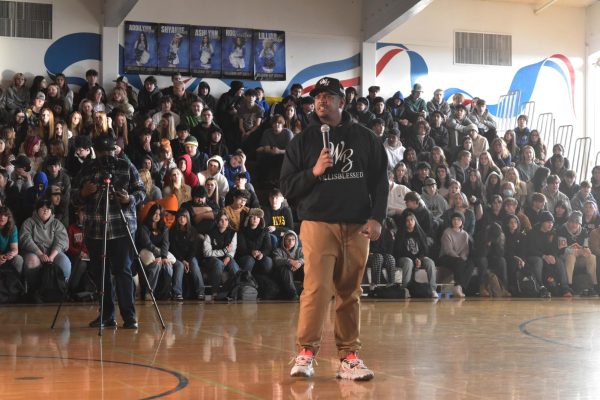Is the Block Schedule Headed for a Change?
For years at SWHS, faculty and students have gotten accustomed to block scheduling, a form of scheduling where students have eight classes a semester, and are divided into two different days alternating throughout the weeks between blue and white days. Blue days are periods one through four, each 80 minutes long, and white days are periods five through eight, each 80 minutes long.
According to a data poll conducted by SWHS student reporters this winter, 72.8% of students said they preferred having four periods a day meeting every other day as opposed to having six periods a day every day.
In early 2023, It was announced that Sedro-Woolley School District’s Educational Support Services department was considering new methods and forms of scheduling to benefit students and staff in all areas of the school, by considering all benefits that new models of learning could provide.
SWHS reverted to our current schedule with eight classes around seven years ago, and many students are surprised that there could be changes in this well-learned routine. Many believe that long class periods give students and teachers time to have a lesson, prepare for labs and projects, and execute them all in the same period.
A different option being discussed around the school is transitioning to having traditional 6-period days, and having those 6 classes every day.
Abby Gardner, a sophomore at Sedro-Woolley High School, finds four 80-minute class periods a day more useful than traditional scheduling.
“It gives me time between days to get homework done, and it’s a lot less to take in in one day and it’s overall better for me,” said Gardner. “You get all the work done in class, and if you don’t, you still have that day in between.”
Most students at SWHS experienced six-period days when attending Cascade Middle School for seventh and eighth grades.
“In middle school it was kind of hectic having all six periods in one day, and in high school it’s been a lot more chill having just the four in one day,” said Gardner.
Storie agreed, believing that the middle school schedule wasn’t as efficient.
“The classes felt shorter and there wasn’t as much time to do stuff,” said Storie.
Although some students are worried or excited about this possible new change, Executive Director of Educational Support Services, Anthony Smith, clarifies that there has been no decision made to change the schedule yet, and describes what this process will look like.
“We are always thinking about whether or not our service models are the best possible for our students, but the decision to engage in a formal review of the high school schedule was made at the beginning of this school year. It is important to note that the goal is not necessarily to change the high school schedule,” explained Smith.
Before implementing any major changes, the school district plans to discuss a multitude of ways that they could improve quality of learning, through research, review, and communication. One of these methods is analyzing current forms of education and how well they work for students.
“The committee is currently putting together a rubric for research. This will consider things like the ability of students to meet graduation requirements, choices for students, consistency between the middle and high school, logistics and contractual obligations, and high-quality student programs,” said Smith.
There has also been speculation that a funding issue is what sparked means for change, but Smith clarifies how much that actually comes to play in the decision.
“The committee will include cost as a consideration in its review, but it is not the only factor,” said Smith
Smith explained that if they were to find an inexpensive solution that didn’t benefit students, they wouldn’t recommend it. However, if they found a solution that exceeded district resources that did benefit students, they also wouldn’t recommend it. The goal is to find a middle ground that satisfies both cost and meets the needs of students.
If any changes were to be made to the schedule, graduation requirements, etc., the board will make a recommendation to Superintendent Dr. Miriam Mikelson in the fall of 2023 and any official changes will be implemented in the 2024-2025 school year.
“The committee will include parent, staff and student voices in collecting information. The committee is still in early stages and is deciding exact methods but it is a priority to have input throughout the process,” said Smith
Through an extensive process of consideration in all circumstances, the committee and Superintendent Dr. Mikelson will make a decision that they feel will benefit the livelihood of all students alike.






